Urbanization Trends
Urbanization trends significantly impact the Aluminum Window Profile Market. As urban areas expand, the demand for residential and commercial buildings increases, subsequently driving the need for high-quality window profiles. According to recent data, urban populations are expected to rise, leading to a surge in construction activities. This trend is particularly evident in developing regions, where infrastructure development is a priority. The Aluminum Window Profile Market stands to benefit from this growth, as builders and architects seek durable and aesthetically pleasing window solutions to meet the demands of modern urban living.
Customization Demand
The demand for customization is reshaping the Aluminum Window Profile Market. Consumers are increasingly seeking tailored solutions that meet their specific aesthetic and functional requirements. This trend is evident in both residential and commercial sectors, where unique architectural designs necessitate customized window profiles. Manufacturers are responding by offering a variety of finishes, colors, and sizes, allowing for greater design flexibility. This shift towards customization not only enhances customer satisfaction but also positions the Aluminum Window Profile Market to capture a larger share of the market, as personalized products become more desirable.
Regulatory Compliance
Regulatory compliance is a critical driver for the Aluminum Window Profile Market. Governments worldwide are implementing stringent building codes and energy efficiency standards, compelling manufacturers to adapt their products accordingly. Compliance with these regulations not only ensures safety and performance but also enhances market competitiveness. For example, energy efficiency ratings are becoming increasingly important in the selection of window profiles, influencing consumer purchasing decisions. As a result, manufacturers in the Aluminum Window Profile Market are investing in research and development to create products that meet or exceed these regulatory requirements, thereby fostering market growth.
Technological Innovations
Technological innovations play a pivotal role in shaping the Aluminum Window Profile Market. Advancements in manufacturing processes, such as extrusion technology and surface treatment techniques, have led to improved product quality and performance. For instance, the introduction of thermal break technology enhances energy efficiency, making aluminum windows more competitive against traditional materials. Furthermore, the market is witnessing the emergence of smart window technologies, which can adjust transparency based on environmental conditions. These innovations not only cater to consumer preferences for energy efficiency but also position the Aluminum Window Profile Market for substantial growth in the coming years.
Sustainability Initiatives
The Aluminum Window Profile Market is increasingly influenced by sustainability initiatives. As environmental concerns rise, manufacturers are adopting eco-friendly practices, such as using recycled aluminum and reducing energy consumption during production. This shift not only meets regulatory requirements but also appeals to environmentally conscious consumers. In fact, the demand for sustainable building materials is projected to grow, with a significant portion of the market now prioritizing energy-efficient solutions. The integration of sustainable practices in the Aluminum Window Profile Market is likely to enhance brand reputation and customer loyalty, thereby driving market growth.



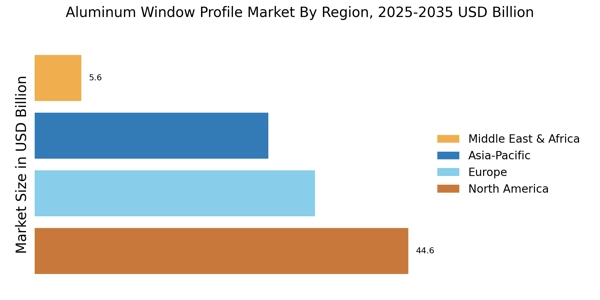
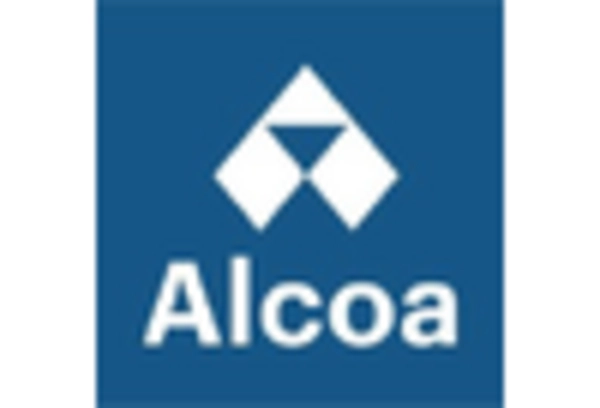
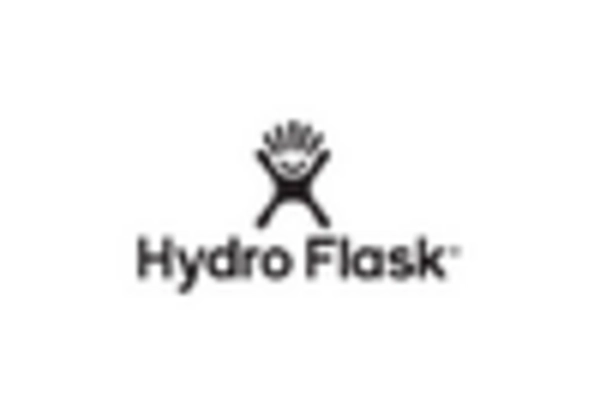

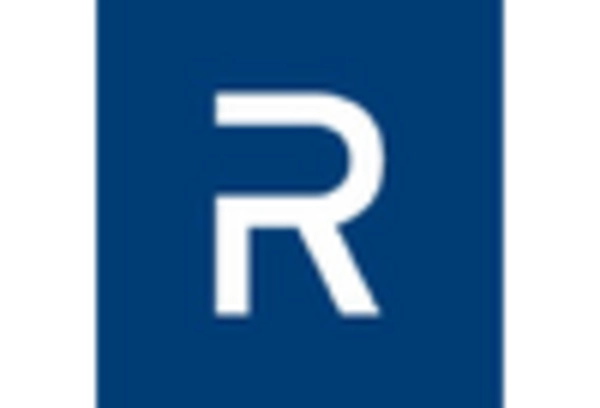
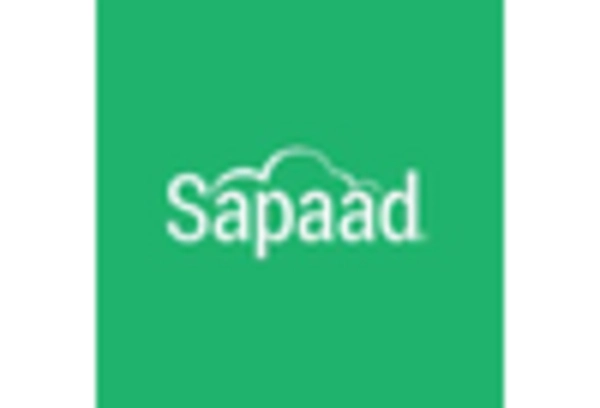
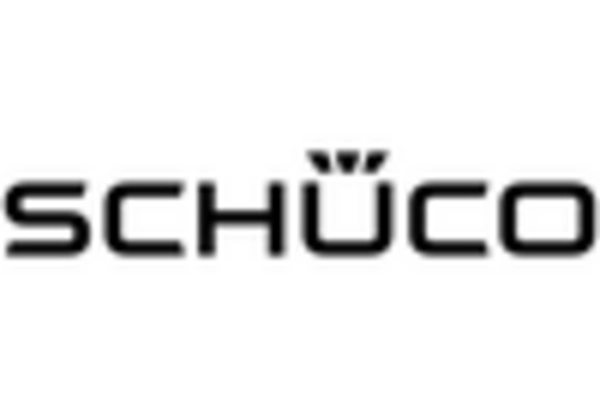








Leave a Comment